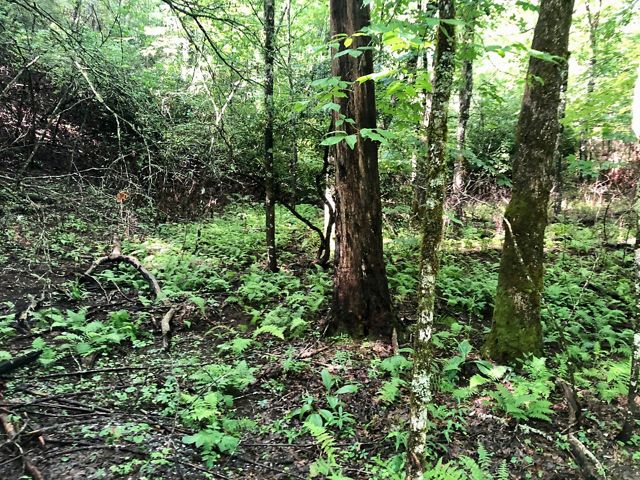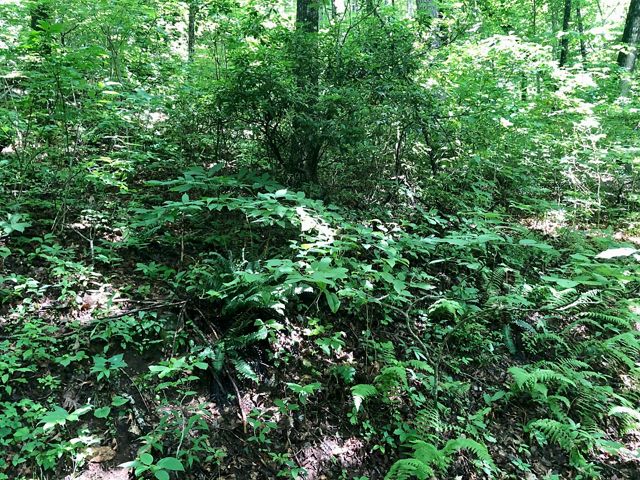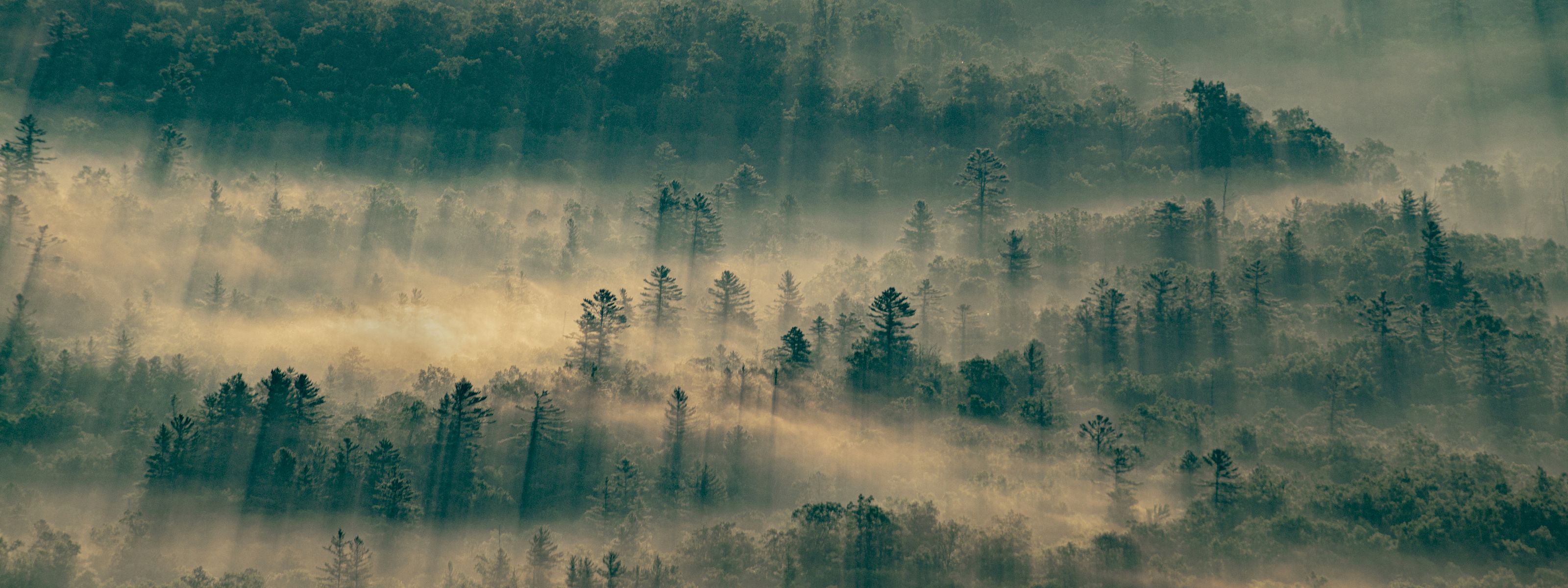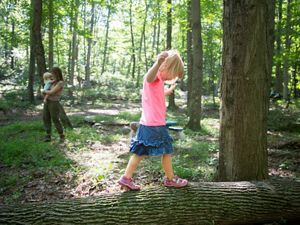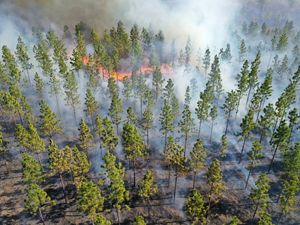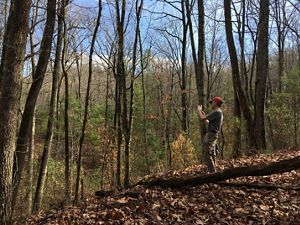
Southern Blue Ridge Climate-informed forestry is making the Southern Blue Ridge more resilient with climate change © Dennis Oakley
Forests across the southern Appalachians are in trouble. Due to a myriad of factors, including poor management practices and pest prevalence, the composition of these woods has been altered for the worse. That has left the forest in a precarious position as the climate changes. Without intervention, the forest will not weather the climate crisis, which is bad for people and nature.
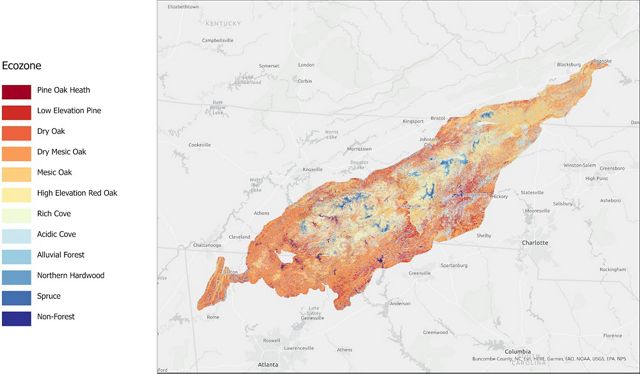
At The Nature Conservancy's Silver Run Preserve in Jackson and Transylvania counties, what was once forest dominated by oak, hickory, and yellow pine trees is being replaced with maples and poplars. As temperatures increase, it becomes critical to restore balance in our forests, as oak, hickory, and yellow pine trees use less water and store carbon far better than maples and poplars.
Today, TNC is using Silver Run Preserve as a living laboratory, implementing climate-informed forestry techniques to restore oak, hickory, and pine to their rightful place in the forest. These silvicultural tools include thinning, controlled burning, and planting native species. Silviculture is the art and science of controlling the establishment, growth, composition, health, and quality of forests and woodlands to meet the diverse needs and values of landowners and society such as wildlife habitat, timber, water resources, restoration, and recreation on a sustainable basis.
Fire as a Tool for Forest Management
Fire has long been part of the ecology of the Southern Blue Ridge. Indigenous Peoples set fires to remove brush and to improve hunting lands. However, with European settlement and later fire suppression campaigns, fire has been increasingly absent in Appalachian forests.

TNC’s Conservation Forester Greg Cooper says preliminary management results look good. “We have treated nearly 60 acres, targeting non-oak or hickory midstory trees,” he reveals. “We have tried several techniques to achieve this midstory treatment, including girdling and cutting down smaller trees to determine the most effective mechanism. In some areas where we have cut trees down with chainsaws, we have seen a flush of herbaceous species like blackberry and huckleberry and tremendous growth in trees resprouting.”

This work is scaling up to include additional partner lands in Henderson and Transylvania counties, including DuPont State Recreational Forest, which gets more than 1.2 million visitors a year, making it one of the most visible natural areas in the state, and Headwaters State Forest. “Over the past year, we have been working closely with foresters at to identify areas that will receive silvicultural treatments and will also be able to burn,” Greg explains. “To date, we have treated nearly 200 acres across these two forests with the same techniques used at Silver Run.”
TNC employs an as-needed fire crew in the mountains available to assist with burns on partner lands. As burn conditions are extremely variable in the region, it does not make sense to hire a full-time seasonal crew. The as-needed crew has benefitted partners such as the N.C. Forest Service, who manage DuPont and Headwaters—they have been able to use this extra capacity to manage lands with fire. “In the past year, our Southern Blue Ridge crew has been involved in the preparation needed to conduct these burns,” Greg says.

Managing Forests with Fire in the Southern Blue Ridge
Greg’s work will help mitigate impacts of climate change in mountain forests, ensuring they can continue to support an incredible variety of life. “Conducting silvicultural treatments paired with controlled fires, we’re hoping to shape the forest into one that will be oak-dominated,” Greg explains. “Our work will create forest that is resilient to the changing climate while also increasing habitat for species such as black bear, turkey, and red bats.”
The goal is to treat 900 acres of Silver Run, DuPont, and Headwaters over the next two years, sharing strategies with partners across the region to influence their decisions for land management. Lessons learned with this project can be used to expand climate-informed forestry across millions of acres the Southern Appalachians, making the entire region more resilient to a changing climate.
Quote: Greg Cooper
Our work will create forest that is resilient to the changing climate while also increasing habitat for species such as black bear, turkey, and red bats.
